Conversation Between the Body and the Soul
My Journey Through Indian Classical Dance
Photo courtesy of Nicholas Brooks
Above is one of my performances in Hutto High School during a dance recital in 2019, in which I tell a story from Indian mythology. Dance has always been a part of my life, and helped me gain self confidence as well as being able to learn more about my culture. By learning about it, other people could be more aware about the different traditions of Indian culture.
February 15, 2022
I run the dance steps in my head over and over again, waiting for my dance item to be called. The cheering of the audience entices me to perform to the best of my ability. I make sure my ghungroo (bells strung together on the ankle) is tight and everything looks neat. I can hear my heart beating as I nervously breathe in and out. As I step on stage, I feel a burst of emotions. Nervousness. Excitement. Fear. Anxiety. I put on a brave face and adjust my position accordingly, and with a radiant smile I get ready to perform. As I am performing, I feel this sensation of pride that everyone can see me dancing to something that is close to my heart. I feel satisfaction that every time people see me perform, they can get to know more and more about my culture.
I have practiced Bharatanatyam since the age of four, and it is the oldest classical dance tradition in India. The “Bha” in Bharatanatyam means emotion (Bhava), the “Ra” means music (Raaga), the “Ta” means rhythm (Taal) and “Natyam” means dance. Originated in the 17th century, Bharatanatyam is from Tamil Nadu, in southern India. Bharatanatyam was originally used to worship gods and goddesses but now is used to tell stories of mythology and to show devotion. The hands are mainly used in a series of mudras, or hand gestures, to tell a story and the feet are used for rhythm. Additionally, most Bharatanatyam dancers look forward to an arangetram. An arangetram is where dancers display their growth throughout the years and exhibit their mastery in the art they perform.
As a kid, I wasn’t very good at communicating or making friends, so my mom thought that learning dance would be an easier way for me to open up and make friends. Dance let me express myself in ways that I couldn’t by just talking to people. It allowed me to actively learn more about my culture in an intriguing and interactive way, allowing me to be in a community with those who shared my culture. Dance brought grace in body and personality, inner awareness and a great deal of balance in me. It also broadened my horizons on the history of India, and how much of an impact certain artists or their songs had. Additionally, it helped me grow as a happier person and boosted my self esteem and confidence.
Though I enjoyed the technical skills gained from dance, I greatly appreciated the outlet of self-expression I accessed through connecting with my culture at dance. As a kid, I was often shunned from connecting with my culture, with my peers teasing me for the smell and looks of my food. However, in dance, surrounded in a supported environment in which I was able to completely express myself, I thrived, which made me love Bharatanatyam all the more.
Getting to know someone else’s culture in a fun way like with Bharatanatyam is what I feel everyone should do more of. People can get more exposed to my culture through learning about Bharatanatyam, and might even want to try learning it. However, Bharatanatyam is not widely known and is underappreciated because it is not mainstream in American culture. I recommend more people take on the opportunity to watch Bharatanatyam because it is a dance with deep history that more people should appreciate.


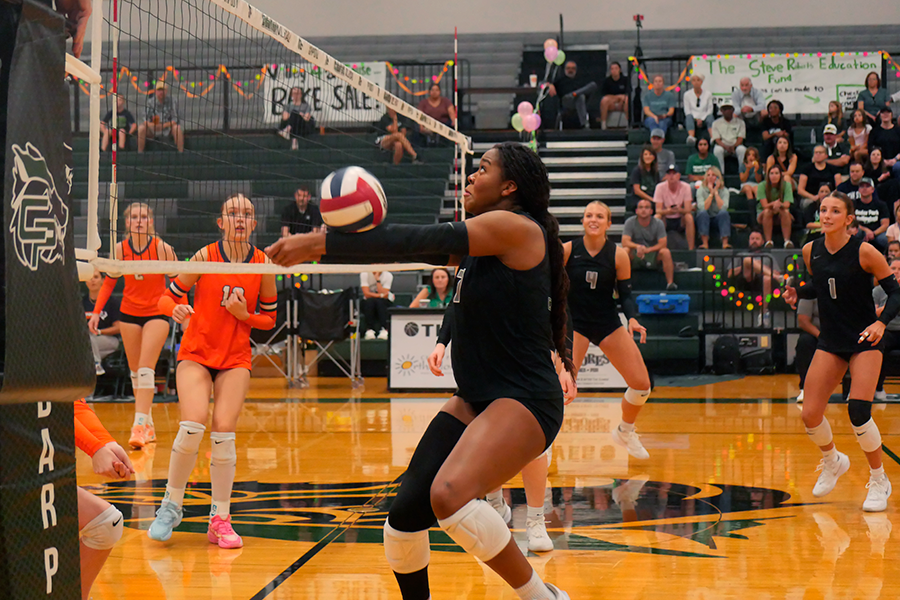
![Jumping off the ground, senior linebacker Bennett Patton snatches the ball out of the air for an interception at Thursday’s game against Chaparral. Patton had two interceptions in the 56-14 victory, tying the school record for interceptions in a game. “I was just playing the game,” Patton said. “[I’m] going to go into next week, forget about it and stay humble.” Photo by Harper Chapman](https://cphswolfpack.com/wp-content/uploads/2025/09/bennett-interception.jpg)
![The fire department came to the school after students were evacuated when smoke started coming from the ceiling of a classroom. All students and staff are safe. “All of my friends left their stuff too, so we couldn’t contact our parents, and it was stressful,” senior Brynn Fowler said. “It was scary because I didn’t know [what was going on], and I couldn’t find anyone because it was a big crowd.” Photo by Anthony Garcia](https://cphswolfpack.com/wp-content/uploads/2025/09/firetruck.jpg)
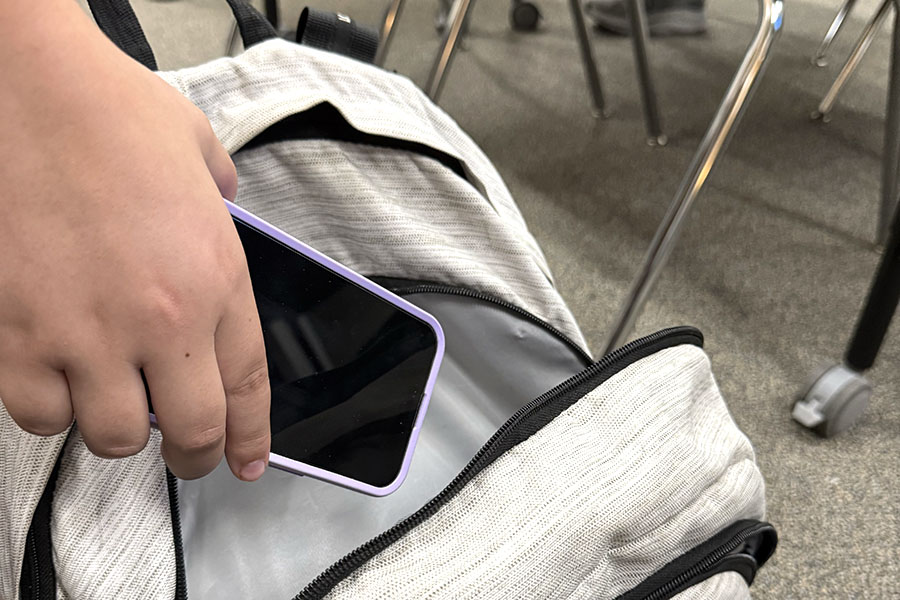
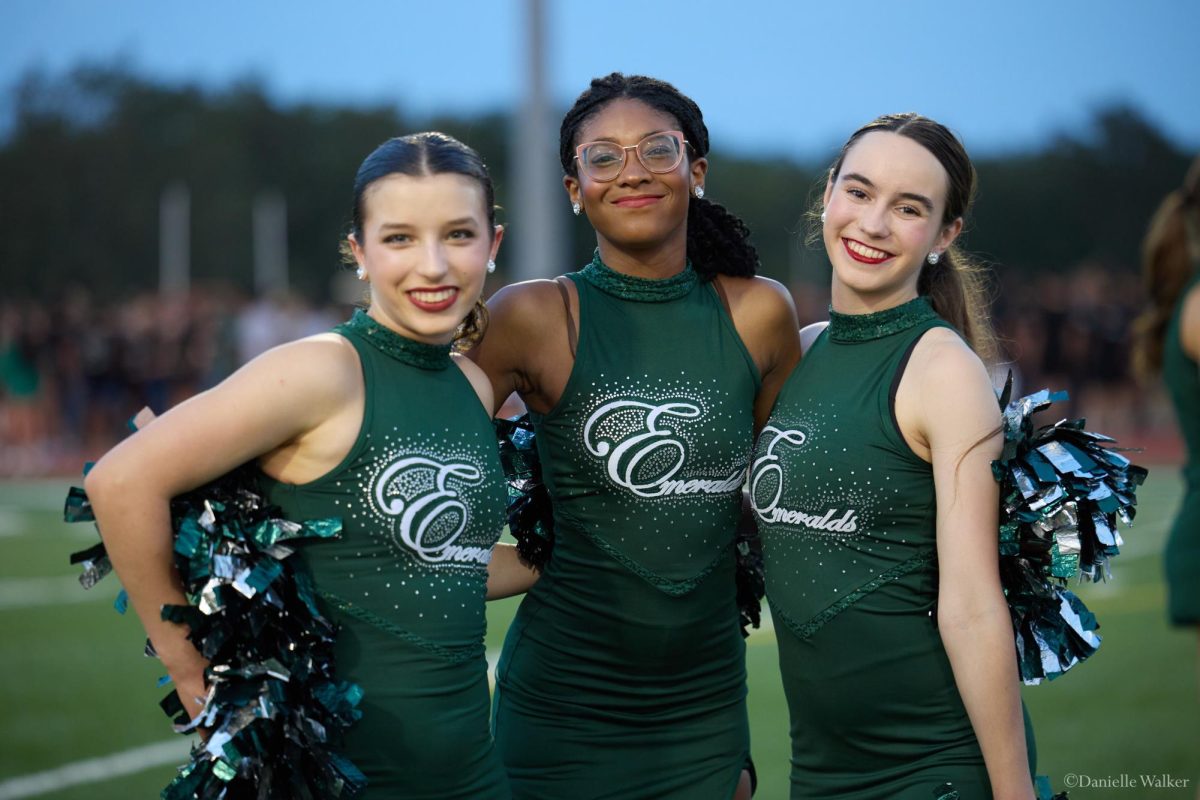
![Sitting with her friend senior Sohpia Struve at last year’s Austin City Limits Festival, senior Ava Zuniga poses for a picture under a pavilion. They are frequent attendees at ACL, an annual music festival at Zilker Park. “I would recommend seeing a bunch of people,” Zuniga said. “This past year, we camped out for Chappell [Roan] for a really long time. I think the whole point of ACL, [which] is a lot of fun, is that you can go see so many different people, even if you don’t know them. So by camping by one person, it really limits yourself from being able to go see a bunch of people.” Photo courtesy of Ava Zuniga](https://cphswolfpack.com/wp-content/uploads/2025/10/EE9E9484-FE6F-4AA0-B5F5-0C177AB32841-1200x857.jpeg)
![Broadcast, yearbook and newspaper combined for 66 Interscholastic League Press Conference awards this year. Yearbook won 43, newspaper won 14 and broadcast took home nine. “I think [the ILPC awards] are a great way to give the kids some acknowledgement for all of their hard work,” newspaper and yearbook adviser Paige Hert said. “They typically spend the year covering everyone else’s big moments, so it’s really cool for them to be celebrated so many times and in so many different ways.”](https://cphswolfpack.com/wp-content/uploads/2025/05/edited-ILPC.jpg)


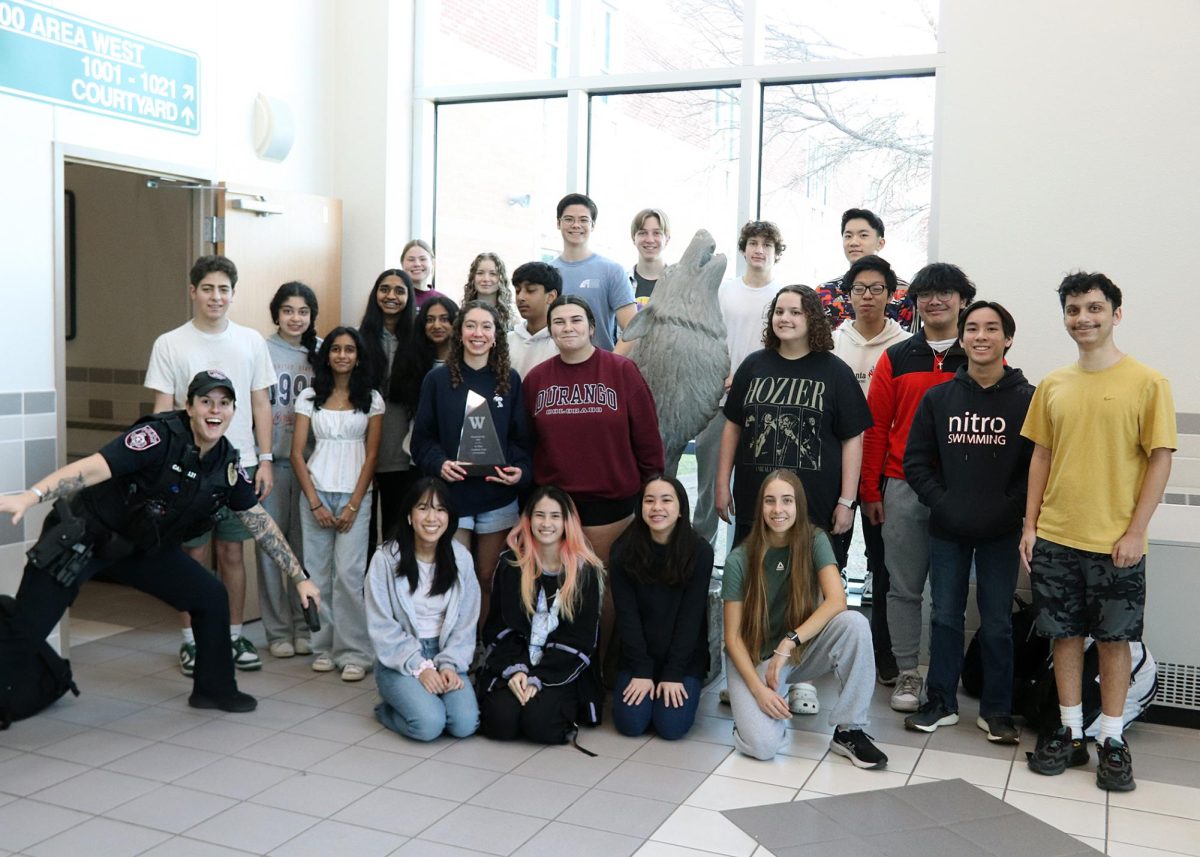

![Looking down at his racket, junior Hasun Nguyen hits the green tennis ball. Hasun has played tennis since he was 9 years old, and he is on the varsity team. "I feel like it’s not really appreciated in America as much, but [tennis] is a really competitive and mentally challenging sport,” Nguyen said. “I’m really level-headed and can keep my cool during a match, and that helps me play a bit better under pressure.” Photo by Kyra Cox](https://cphswolfpack.com/wp-content/uploads/2025/09/hasun.jpg)
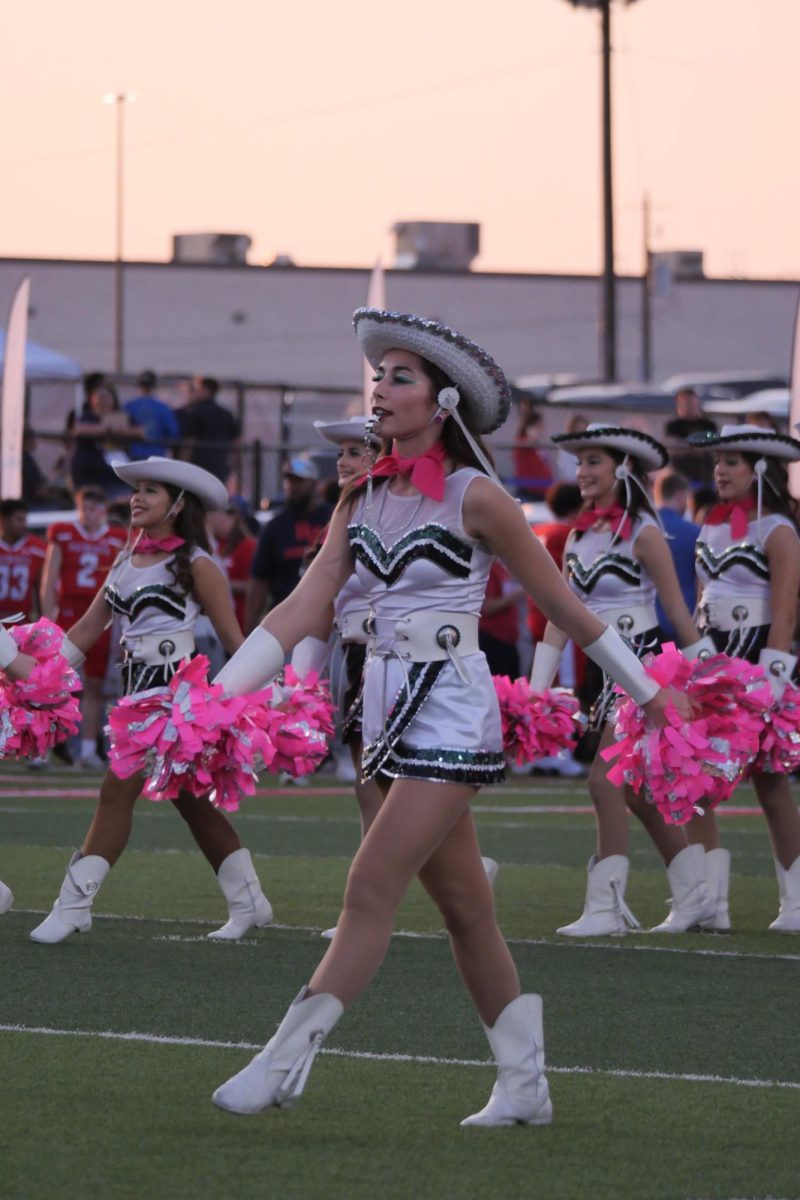

![Bringing her arm over her head and taking a quick breath, junior Lauren Lucas swims the final laps of the 500 freestyle at the regionals swimming competition on date. Lucas broke the school’s 18-year-old record for the 500 freestyle at regionals and again at state with a time of 4:58.63. “I’d had my eye on that 500 record since my freshman year, so I was really excited to see if I could get it at regionals or districts,” Lucas said. “ State is always a really fun experience and medaling for the first time was really great. It was a very very tight race, [so] I was a bit surprised [that I medaled]. [There were] a lot of fast girls at the meet in general, [and] it was like a dogfight back and forth, back and forth.” Photo by Kaydence Wilkinson](https://cphswolfpack.com/wp-content/uploads/2025/03/Kaydence-2.7-23-edit-2.jpg)
![As the support team sits and poses for a photo in the cafeteria with the counseling team they eagerly wait to start their day. "We [all] seem to be a team, I get up every day and there's days where I don't want to go to work today, but I'm thankful that I have a job and I'm blessed to have what I have," Christopherson said. Photo Courtesy of Julie Weltens.](https://cphswolfpack.com/wp-content/uploads/2025/01/AF9E8470-10D7-4C91-BF28-EC8F86BAB66C-1200x852.jpeg)
![Officer Stephanie Cash is in her second year as an SRO at CPHS. “Seeing [students] grow over the years has been kind of cool,” Officer Cash said. “Freshmen that [are] all over the place and then in the next couple of years get a little more squared away and go to class and do work and start thinking about the future. Being a part of a student's growth is the best way to measure my success as an SRO.” Photo Courtesy of Cedar Park Police Department's PIO, Alicia Gallagher.](https://cphswolfpack.com/wp-content/uploads/2024/12/CPHS-SRO-900x1200.jpg)
![As he sprints with the ball, senior running back Trae Hill breaks a tackle during Friday’s 35-14 loss against the Vandegrift Vipers. Hill ran for 135 yards and two touchdowns during the game. “[Scoring] was electric,” Hill said. “It always feels good to score, but the O-line did everything.”](https://cphswolfpack.com/wp-content/uploads/2025/09/IMG_0795allie.varfb_-1200x799.jpg)



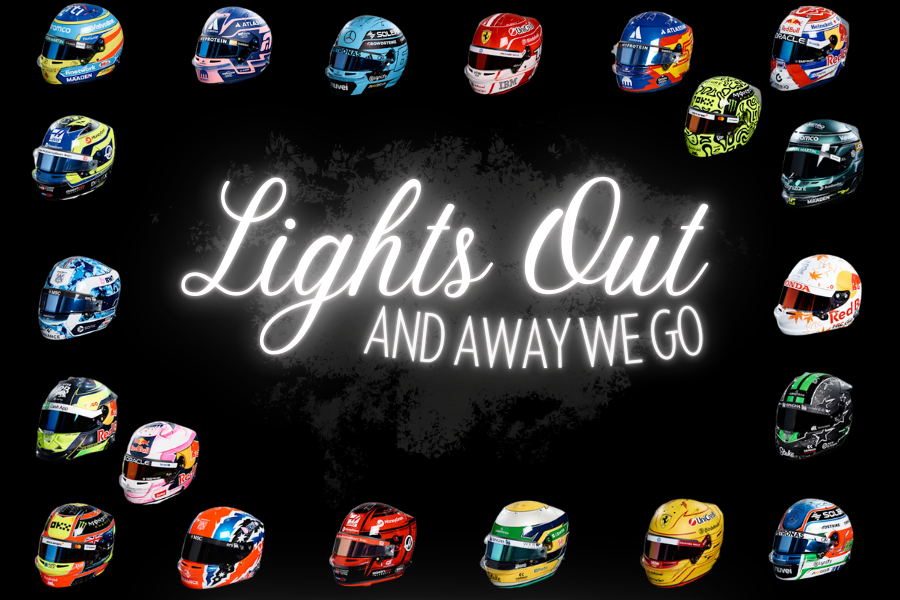




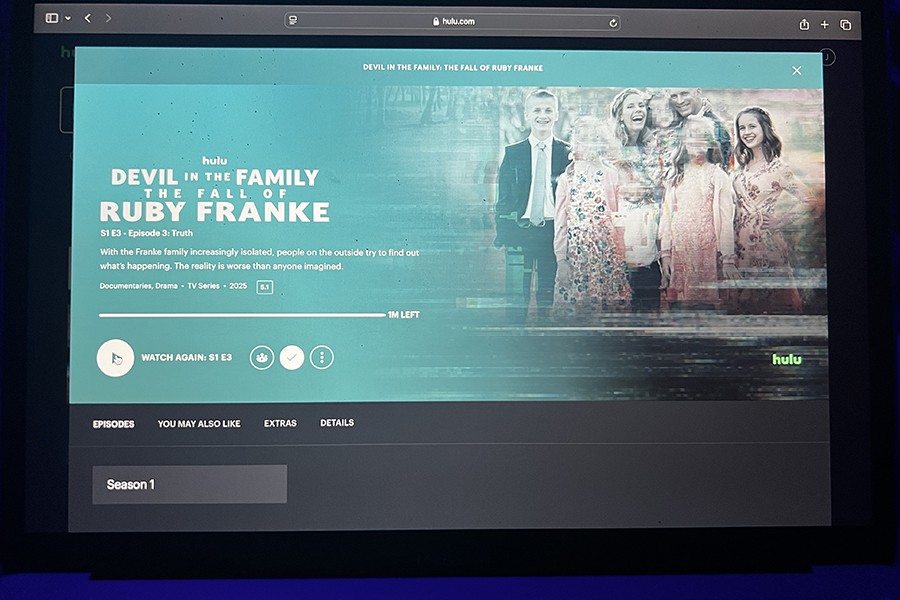







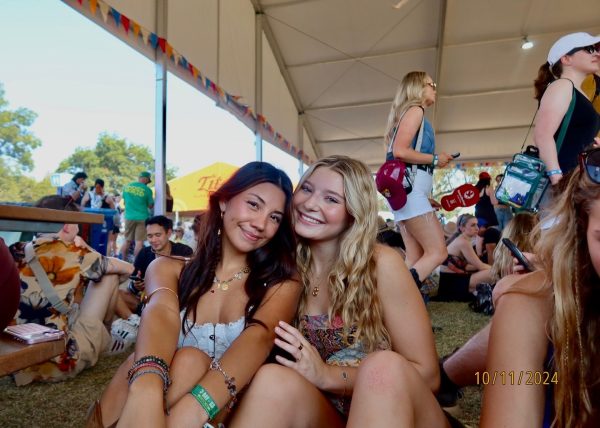
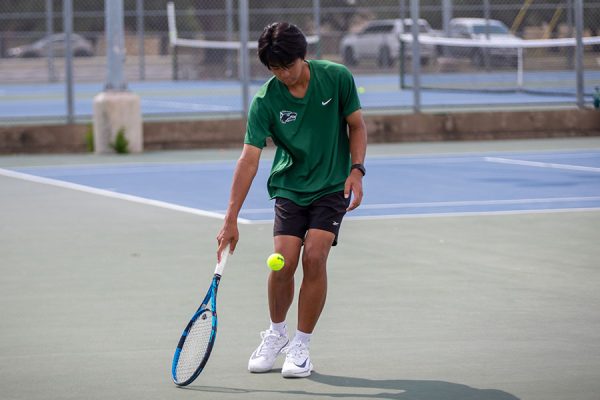
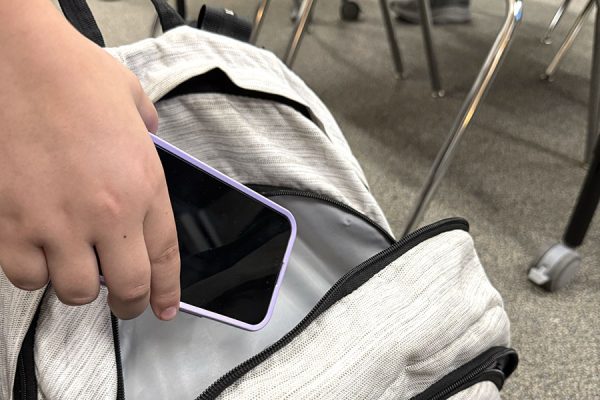
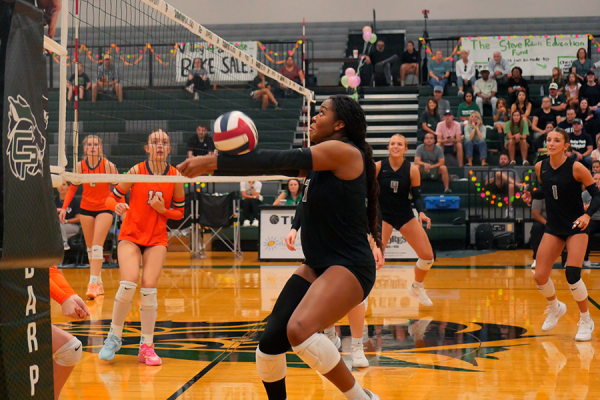
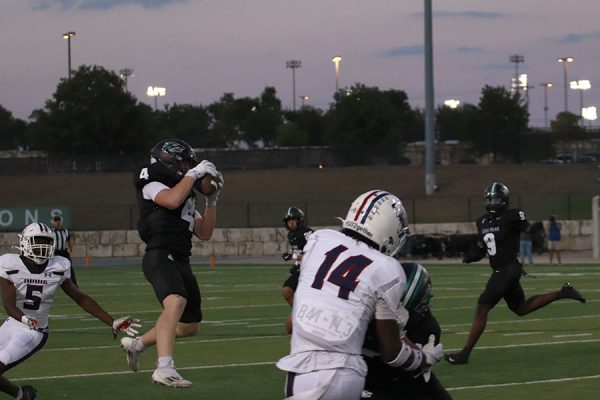
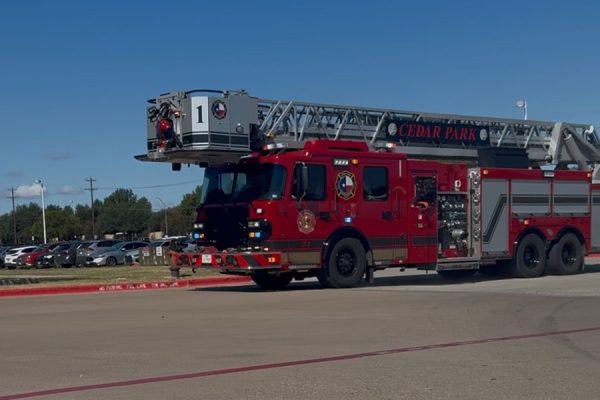
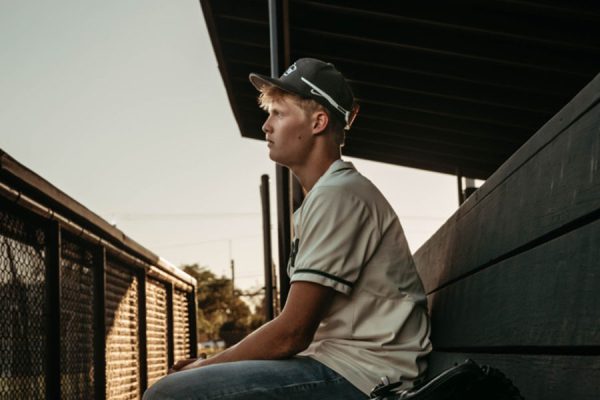
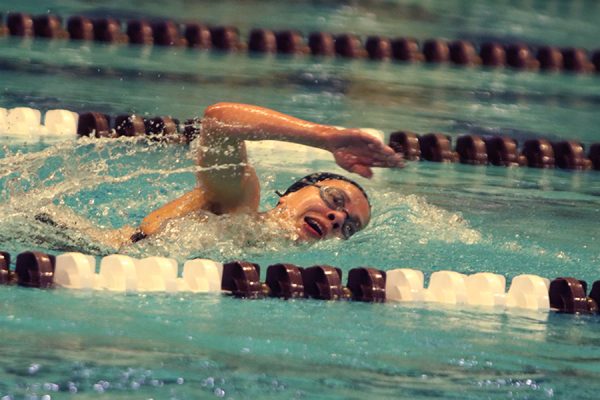
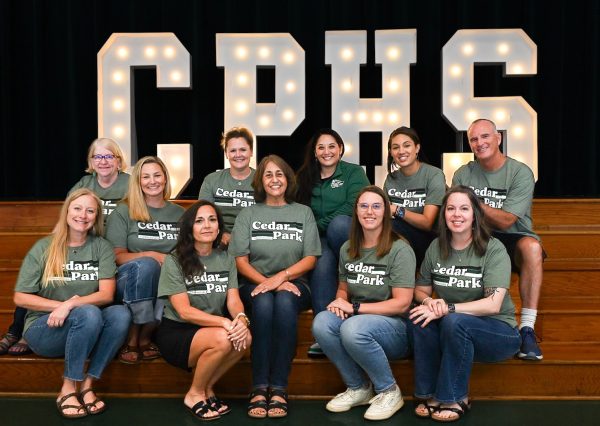

![The fire department came to the school after students were evacuated when smoke started coming from the ceiling of a classroom. All students and staff are safe. “All of my friends left their stuff too, so we couldn’t contact our parents, and it was stressful,” senior Brynn Fowler said. “It was scary because I didn’t know [what was going on], and I couldn’t find anyone because it was a big crowd.” Photo by Anthony Garcia](https://cphswolfpack.com/wp-content/uploads/2025/09/firetruck-300x200.jpg)

![Finishing her night out after attending a local concert, senior Grace Sauers smiles at the camera. She recently started a business, PrettySick, that takes photos as well as sells merch at local concert venues. Next year, she will attend Columbia Chicago College majoring in Graphic Design. “There's such a good communal scene because there [are] great venues in Austin,” Sauers said. “I'm gonna miss it in Austin, but I do know Chicago is good, it's not like I'm going to the middle of nowhere. I just have to find my footing again.” Photo Courtesy of Grace Sauers.](https://cphswolfpack.com/wp-content/uploads/2025/04/Grace-300x225.png)


